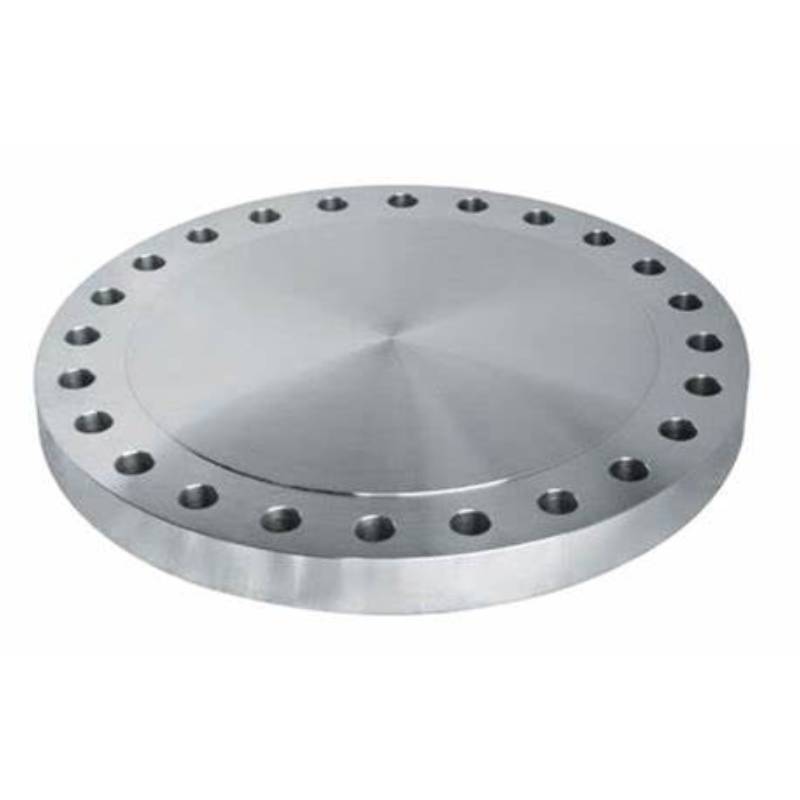-
Cangzhou Yulong Steel Co., Ltd.
-
Phone:
+86 13303177267 -
Email:
admin@ylsteelfittings.com
- English
- Arabic
- Italian
- Spanish
- Portuguese
- German
- kazakh
- Persian
- Greek
- French
- Russian
- Polish
- Thai
- Indonesian
- Vietnamese
- Zulu
- Korean
- Uzbek
- Hindi
- Serbian
- Malay
- Ukrainian
- Gujarati
- Haitian Creole
- hausa
- hawaiian
- Hebrew
- Miao
- Hungarian
- Icelandic
- igbo
- irish
- Japanese
- Javanese
- Kannada
- Khmer
- Rwandese
- Afrikaans
- Albanian
- Amharic
- Armenian
- Azerbaijani
- Basque
- Belarusian
- Bengali
- Bosnian
- Bulgarian
- Catalan
- Cebuano
- China
- China (Taiwan)
- Corsican
- Croatian
- Czech
- Danish
- Esperanto
- Estonian
- Finnish
- Frisian
- Galician
- Georgian
- Kurdish
- Kyrgyz
- Lao
- Latin
- Latvian
- Lithuanian
- Luxembourgish
- Macedonian
- Malgashi
- Malayalam
- Maltese
- Maori
- Marathi
- Mongolian
- Myanmar
- Nepali
- Norwegian
- Norwegian
- Occitan
- Pashto
- Dutch
- Punjabi
- Romanian
- Samoan
- Scottish Gaelic
- Sesotho
- Shona
- Sindhi
- Sinhala
- Slovak
- Slovenian
- Somali
- Sundanese
- Swahili
- Swedish
- Tagalog
- Tajik
- Tamil
- Tatar
- Telugu
- Turkish
- Turkmen
- Urdu
- Uighur
- Welsh
- Bantu
- Yiddish
- Yoruba

Nov . 26, 2024 11:42 Back to list
Understanding Class Flanges for Optimal Piping Solutions and Applications
Understanding Class Flanges A Comprehensive Overview
Flanges are integral components used in various piping systems, playing a crucial role in the connection and support of pipelines, valves, pumps, and other equipment. Among the different classifications of flanges, class flange represents a specific category based on pressure ratings and construction standards. Understanding the concept of class flanges is essential for engineers, designers, and technicians alike, as it impacts the efficiency, safety, and durability of piping systems.
What Are Class Flanges?
Class flanges refer to a method of categorizing flanges according to their pressure-temperature ratings. These ratings are critical as they help determine the maximum pressure a flange can withstand at a given temperature. For example, flanges are often classified into classes such as Class 150, Class 300, Class 600, and so on. The number indicates the pressure rating in pounds per square inch (psi) at a specific temperature, typically 100°F (about 38°C).
This classification system is essential for ensuring that the components within a piping system work cohesively. Using a flange that is not rated for the required pressure can lead to catastrophic failures, leaks, or other safety hazards.
The Importance of Material Selection
The material of the flange also significantly influences its performance under various operating conditions. Common materials used for class flanges include carbon steel, stainless steel, and other alloys. Each material has its unique properties, such as corrosion resistance, strength, and thermal conductivity.
For instance, stainless steel flanges are often used in industries where corrosion resistance is paramount, such as in chemical processing or food and beverage applications. On the other hand, carbon steel flanges may be favored in general-purpose applications where strength is prioritized over resistance to rust and corrosion.
class flange

Application Across Industries
Class flanges are ubiquitous in various sectors, including oil and gas, water treatment, HVAC, and manufacturing. In the oil and gas industry, for instance, Class 300 flanges are commonly employed to handle high-pressure pipelines that transport crude oil and natural gas. In contrast, Class 150 flanges may be utilized in low-pressure water systems or drainage applications.
The appropriate flange class must be chosen based on the specific requirements of the application, including the medium being transported (liquid, gas, or steam), the system's operating pressure and temperature, and environmental conditions that may affect material integrity over time.
Installation and Maintenance Considerations
Proper installation of class flanges is crucial for maintaining system integrity. Users must ensure that the flanges are aligned correctly, are properly torqued, and have the right gaskets installed to prevent leaks. Regular inspections and maintenance should also be integrated into the pipeline management protocols to detect signs of wear, damage, or corrosion.
In some cases, bolting and care must be taken to ensure even distribution of the load across the flange to avoid any localized stress that could lead to failure. Additionally, adapting to changes in pressure or temperature may necessitate reevaluating the selected flange class to ensure continued safety and efficiency.
Conclusion
In summary, class flanges are pivotal components in modern piping systems, characterized by their pressure-temperature ratings and material selection. Understanding their classifications, applications, and maintenance requirements is essential for ensuring operational efficiency and safety across various industrial applications. As technology and materials continue to evolve, so too will the standards governing class flanges, necessitating ongoing education and adaptation within the industry.
Latest news
-
ANSI 150P SS304 SO FLANGE
NewsFeb.14,2025
-
ASTM A333GR6 STEEL PIPE
NewsJan.20,2025
-
ANSI B16.5 WELDING NECK FLANGE
NewsJan.15,2026
-
ANSI B16.5 SLIP-ON FLANGE
NewsApr.19,2024
-
SABS 1123 FLANGE
NewsJan.15,2025
-
DIN86044 PLATE FLANGE
NewsApr.19,2024
-
DIN2527 BLIND FLANGE
NewsApr.12,2024
-
JIS B2311 Butt-Welding Fittings LR/SR 45°/90° /180°Seamless/Weld
NewsApr.23,2024











